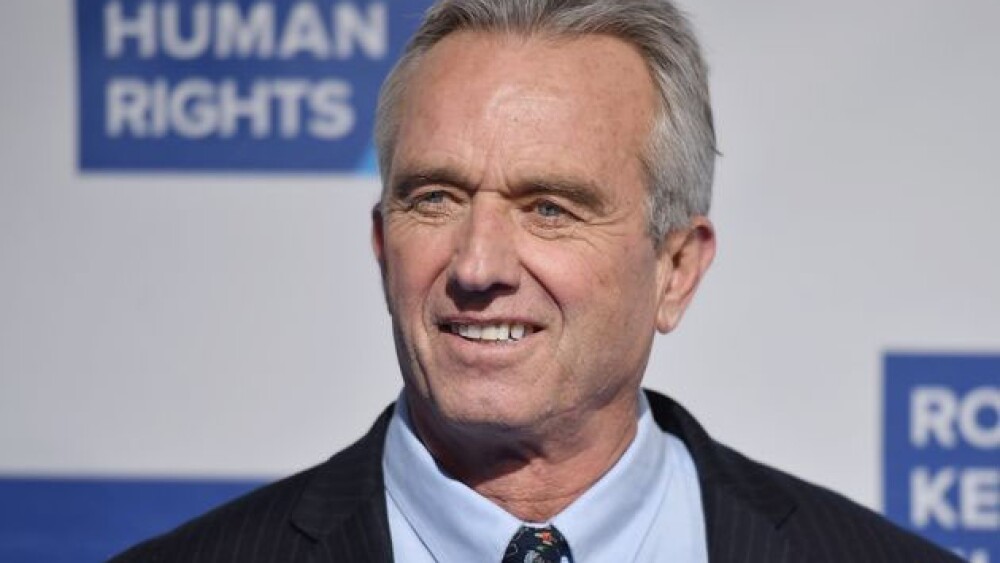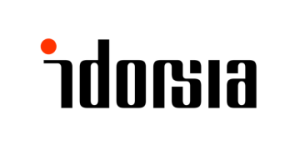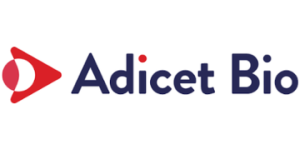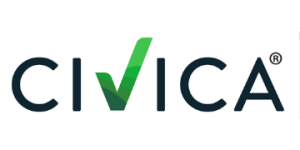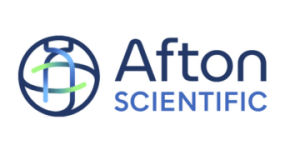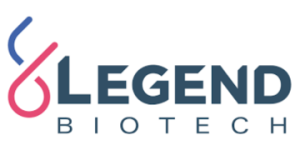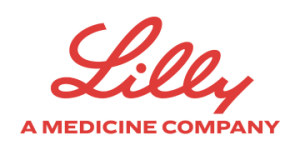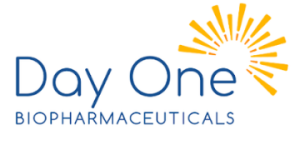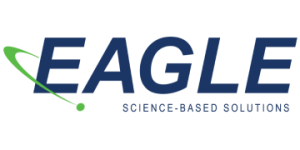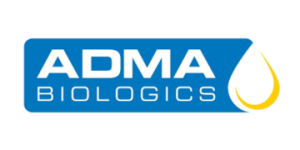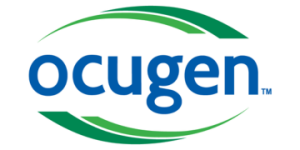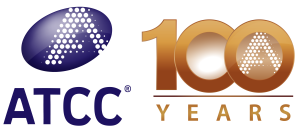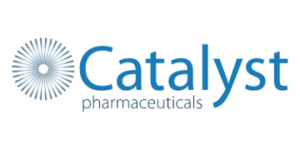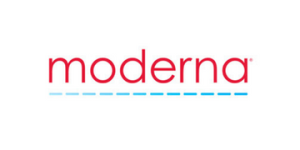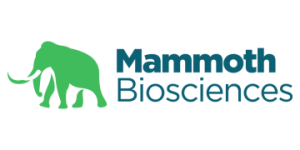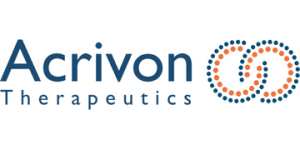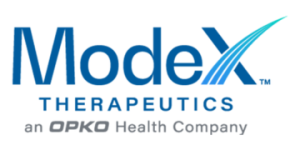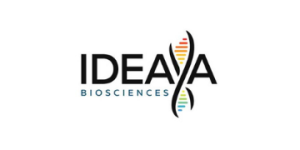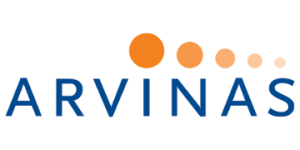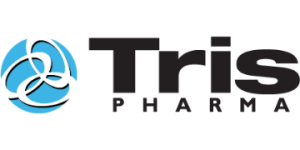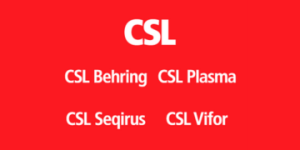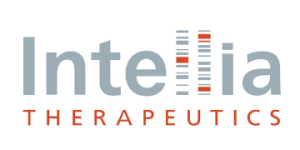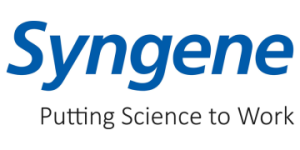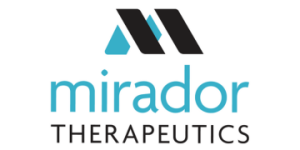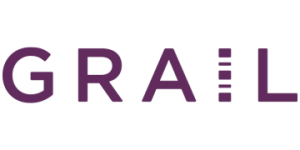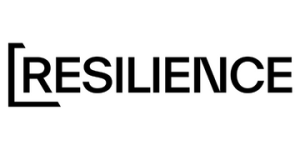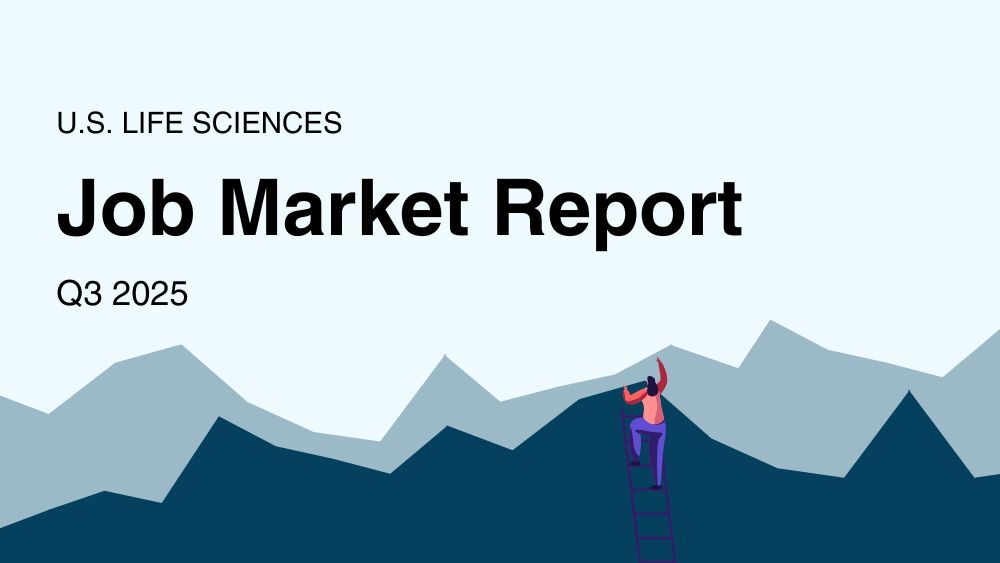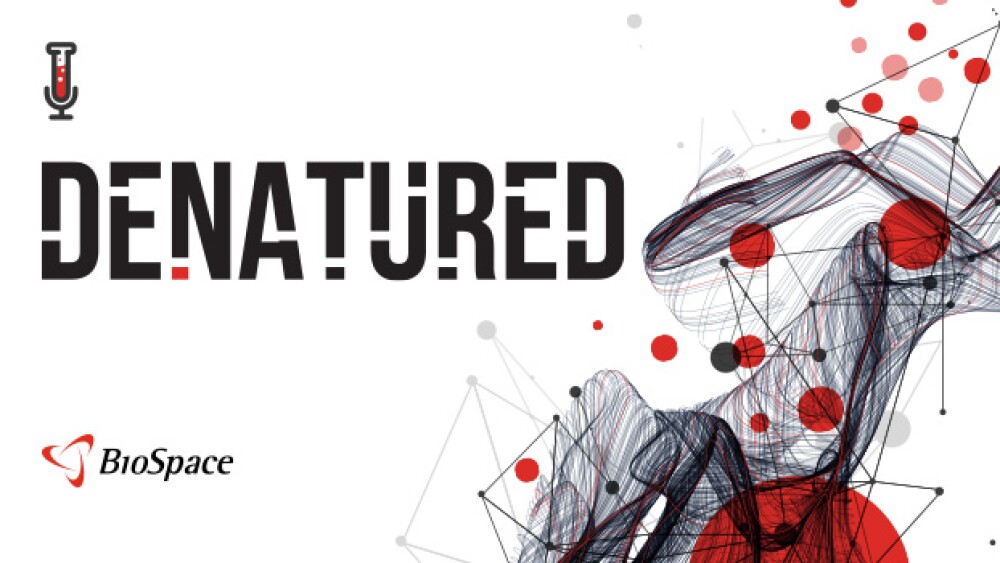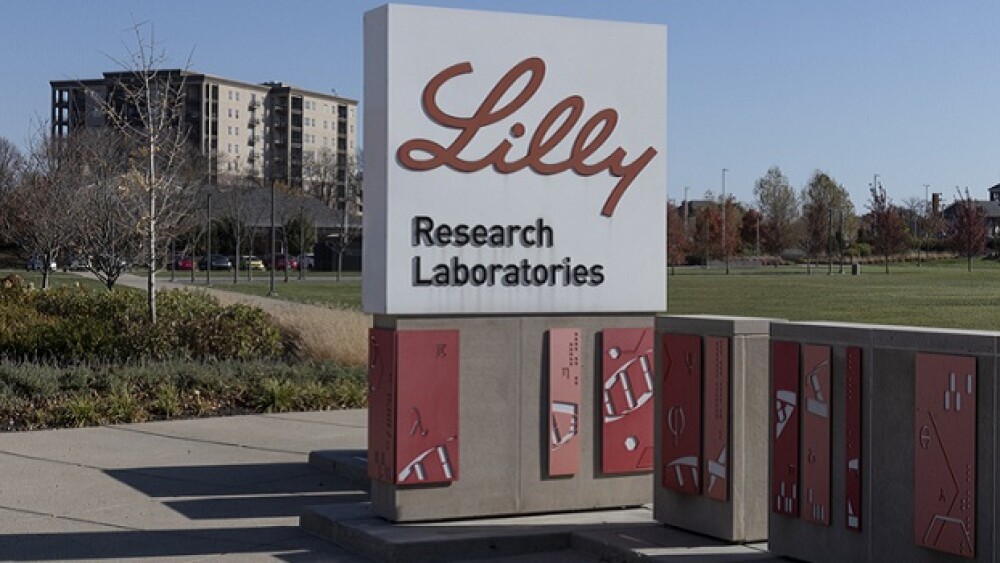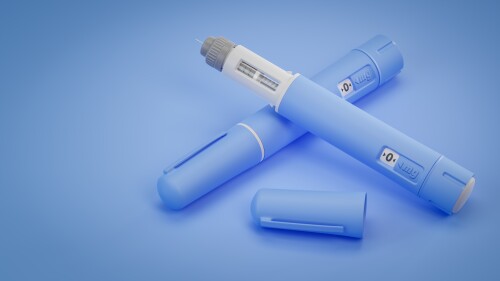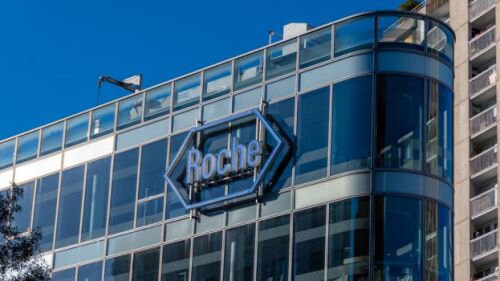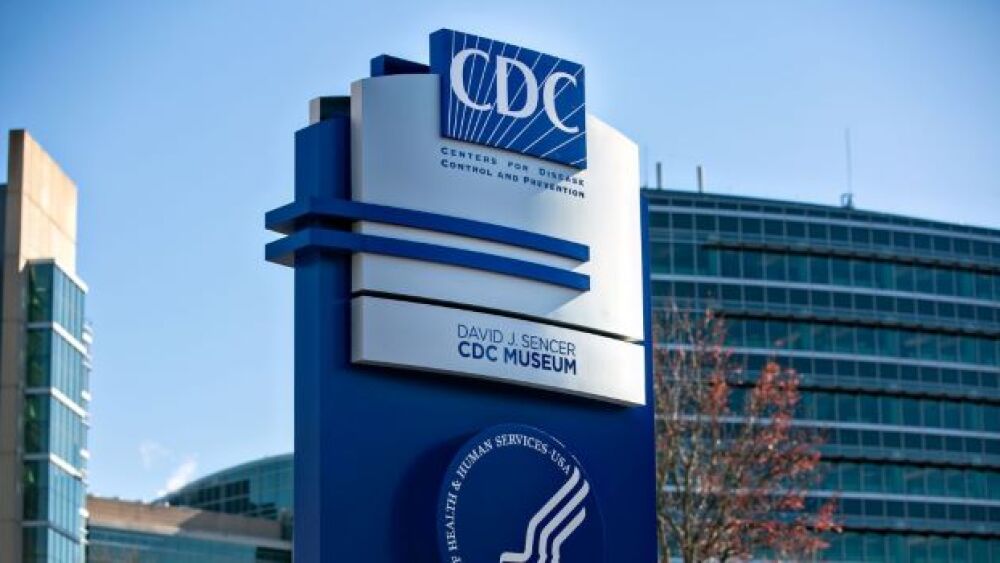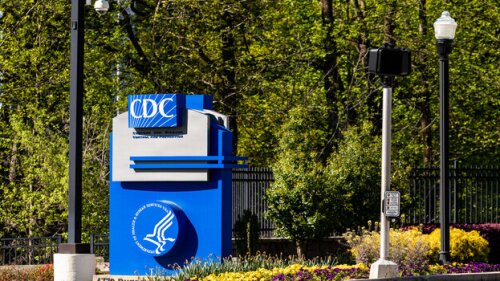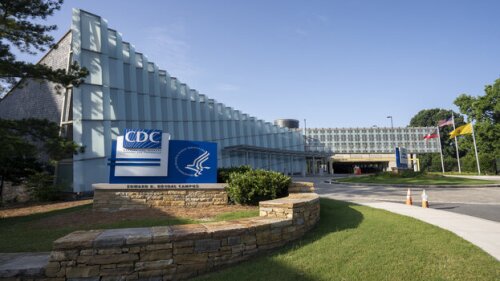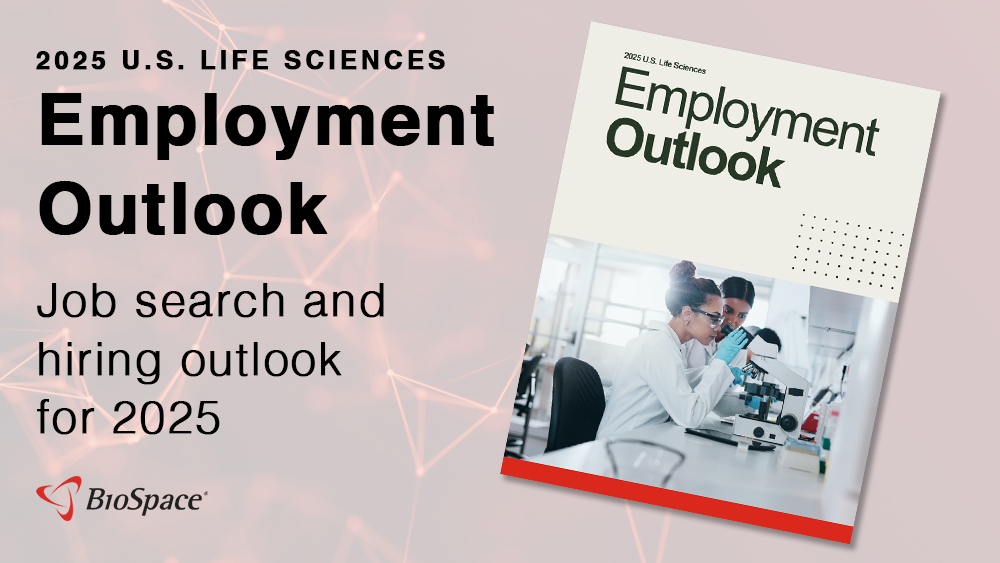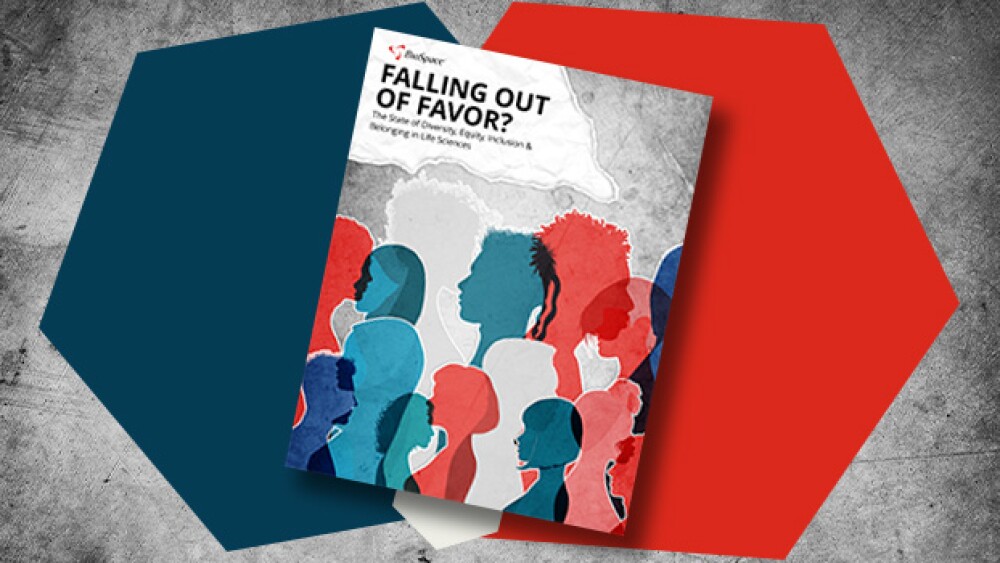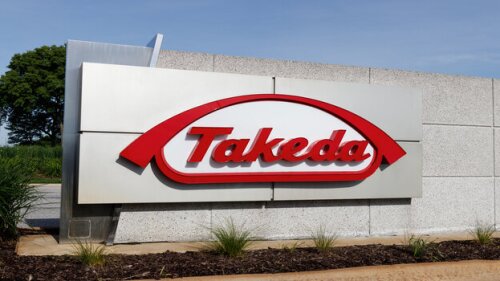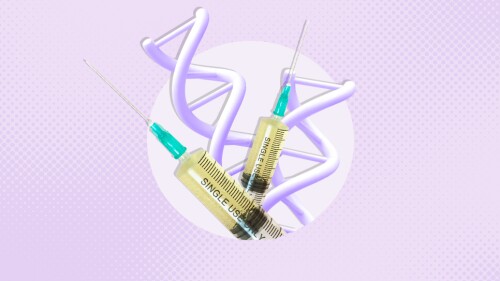Novartis has been investing heavily in its cardiovascular pipeline this year, forging partnerships with Flagship startup ProFound Therapeutics and China’s Argo Biopharmaceutical, among others.
Regeneron’s antibody duos significantly lowered eye itching and redness, as well as pin prick reactivity, in people with cat and birch allergies. Still, BMO Capital Markets expressed uncertainty about the assets’ “commercial potential in a highly generic market.”
The 2025 Bioprocessing Summit revealed knowledge gaps and changing mindsets. As some companies look towards the future, others struggle with the present and past.
Presenting at the World Sleep Congress 2025, the Dublin-based company’s Phase II study bested Takeda drug in both efficacy and safety.
While a win for consumers, the regulatory action did nothing to stem the manufacture of compounded versions of the popular obesity drugs that are made by Novo Nordisk and Eli Lilly. In fact, the FDA seems to be signaling that “some level of compounded product is acceptable,” according to BMO Capital Markets.
Shares of Rapport Therapeutics popped Monday morning after Phase IIa data for RAP-219 exceeded analyst and Wall Street expectations, reducing seizures by almost 78% in patients with drug-resistant focal onset seizures.
FEATURED STORIES
Ahead of Robert F. Kennedy Jr.’s confirmation hearings, experts—and RFK’s own family—expressed concerns about his vaccine-related views, though the same experts are largely unfazed by the level of power he and Marty Makary could ultimately wield over the FDA.
After two years characterized by layoffs, pipeline reorganizations, FDA delays and clinical holds, Novavax CEO John Jacobs says the company is at a pivot point.
Riding recent momentum in the Duchenne muscular dystrophy space, Capricor Therapeutics, Wave Life Sciences, Regenxbio and more aim to deliver the next wave of progress with near-term data and regulatory milestones.
Achondroplasia, which affects around one in 20,000 babies, has just one approved treatment: BioMarin’s Voxzogo. However, new investigational treatments are vying to compete in the area.
The Japanese pharma had one asset rejected by the FDA and withdrew a regulatory application for another, but already this month the company has secured an approval for AstraZeneca-partnered Dato-DXd, to be marketed as Datroway.
While the last decade has brought considerable progress for patients with DMD, substantial unmet need remains. Several companies including Wave, Dyne and Avidity are looking to answer the call with investigational therapies targeting greater efficacy and broader reach.
LATEST PODCASTS
The pharmaceutical industry is facing critical attention, particularly around drug pricing and development costs. Drug development cost is about 10% of the total healthcare spend in the United States. Broader issues such as local monopolies, utilization, unit, and costs and local monopolies, politics and a fragmented payer system contribute to the increasingly high costs to patients.
Bayer cut its C-suite nearly in half amid a massive restructuring. Meanwhile, the U.S. government says it will pay for Wegovy for patients with heart disease.
This week, we’re talking money! Following the release of BioSpace’s 2024 Salary Report, we discuss salary trends and how they are impacting the biopharma workforce.
Job Trends
Editas Medicine, Inc. today announced a two-year extension to the collaboration with Bristol Myers Squibb (NYSE: BMY) under which the parties may research, develop, and commercialize autologous and allogeneic alpha-beta T cell medicines for the treatment of cancer and autoimmune diseases.
Subscribe to GenePool
Subscribe to BioSpace’s flagship publication including top headlines, special editions and life sciences’ most important breaking news
SPECIAL EDITIONS
In this deep dive, BioSpace investigates China’s rise as a biotech powerhouse.
In this deep dive, BioSpace explores the next big thing in obesity.
BioSpace did a deep dive into biopharma female executives who navigated difficult markets to lead their companies to high-value exits.
DEALS
-
In an SEC filing on Friday, Alumis said it aims to start late-stage trials of a TYK2 inhibitor in plaque psoriasis this year and is seeking public funding for the studies.
-
After rejecting a previous takeover offer from Future Pak, Vanda Pharmaceuticals is now fielding another acquisition proposal from Cycle Pharmaceuticals, which values the biotech at $8 per share.
-
Telix Pharmaceuticals is looking to cash in on radiopharmaceuticals, which have emerged as one of the hottest spaces in oncology, with an initial public offering to help support its pipeline of targeted radiation products.
-
Illumina on Monday announced that its board of directors is spinning off Grail and has applied to list the cancer diagnostics company on the Nasdaq.
-
Analysts predict a booming year for mergers and acquisitions, powered by obesity drug sales and pressure from upcoming patent expirations.
WEIGHT LOSS
-
BMO Capital Markets analyst Evan Seigerman called it “another positive indication” for Eli Lilly, whose top-selling diabetes and weight loss drugs are gaining market share as manufacturing continues to expand, while noting the drugmaker could start to benefit heading into third quarter earnings.
-
Venture Capital firms Atlas Venture, Bain Capital Life Sciences and RTW Investments have led a $400 million Series A for Kailera Therapeutics, the latest obesity biotech to hit the scene.
-
A week after it released positive early-stage data, Metsera has partnered with Amneal Pharmaceuticals in an effort to secure the development and supply of its investigational weight loss therapy MET-097.
-
The acquisition was featured Monday in Roche’s Pharma Day presentation, which also included projections of more than $3 billion in annual sales from three early-stage obesity and diabetes drugs.
-
Sen. Bernie Sanders’ aggressive targeting of Danish drugmaker Novo Nordisk’s Ozempic and Wegovy pricing, and not Eli Lilly’s rival drugs, is not fair.
POLICY
-
If confirmed, Susan Monarez will have her work cut out for her, facing a measles outbreak that has already killed two people—the first measles-related deaths in the U.S. since 2015.
-
After withdrawing its nomination for Dave Weldon last week, the Trump administration is now reportedly considering Texas Republican Michael Burgess to head the Centers for Disease Control and Prevention.
-
A group of medical experts expressed concern about growing “disinformation” and “misinformation,” calling for adherence to recommended vaccine schedules.
-
Democratic senators from Georgia, Oregon, Maryland and New Mexico called the Trump administration’s decision to terminate hundreds of CDC staffers reckless and unfair.
-
The CDC budget cuts could pose headwinds for HIV drugmakers like Gilead and Merck but are unlikely to severely cripple their HIV divisions, according to analysts.
We interviewed Krissy Fuller, a human resources consultant, to learn more about the issue of mandated vaccines from an HR perspective and shared her predictions on what changes she thinks will last after the pandemic.
Learn some essential tips on how to build a resume or how to enhance your resume during COVID-19. These tips can increase the chances of getting you to the interview stage.
If you’re setting new career goals, try including these tips to shape a path forward.
After you’ve been in a role for a decent amount of time it can feel like you have learned all that there is to learn. But that’s not to say that you’ve learned all you can from the company and the people that work there.
Why are adaptive leaders so useful? And is adaptive leadership a quality that will benefit your life sciences career? Let’s explore this concept and find out.
Regardless of the field that you work in, mentioning top skills in your resume is a crucial step. Here are some tips to prepare the best leadership skills resume.
HOTBEDS
REPORTS
In this Employment Outlook report, BioSpace explores current workforce sentiment, job activity trends and the prospective job and hiring outlook for 2025, particularly as it compares to the previous year.
BioSpace’s third report on diversity, equity, inclusion and belonging in life sciences examines dramatic shifts in attitude around diversity initiatives.
CANCER
-
Pfizer, facing increasing pressure from Novartis, is touting a Phase III win for Ibrance as the first clinical evidence supporting the CDK4/6 inhibitor class’ use in patients with a specific type of breast cancer.
-
Candel’s trial was conducted under the FDA’s Special Protocol Assessment program, meaning that its data could be used as a basis for a regulatory application.
-
With nearly 90% of patients showing no detectable cancer cells after treatment, J&J and Legend’s Carvykti could stave off competition from emerging CAR T therapies such as Gilead and Arcellx’s anito-cel.
-
BNT327, now in early-phase trials, is part of a class of drugs that could one day challenge Keytruda’s dominance. BioNTech obtained the candidate when it bought Biotheus last month in an acquisition deal that could reach up to $950 million.
-
GSK, Gilead and Arcellx, Vertex and more present new data at the American Society of Hematology annual meeting just as sickle cell therapies Casgevy and Lyfgenia have a new outcomes-based payment model; Eli Lilly and Novo Nordisk pump new funds into manufacturing; and AbbVie makes a Cerevel comeback while uniQure clears a path toward accelerated approval in Huntington’s disease.
NEUROSCIENCE
-
Seaport Therapeutics, kick started by the former leaders of Karuna Therapeutics, has raised $225 million in an oversubscribed Series B to fund a pipeline of neuropsychiatric medicines.
-
BMO Capital Markets analyst Evan Seigerman in a note to investors said the late-stage data for Vertex’s experimental non-opioid pain medication “reaffirms our confidence in the strength of suzetrigine’s profile.” However, William Blair analysts view these data as “an incremental positive” as the company faces challenges in targeting the acute pain market.
-
Wave Life Sciences in a Tuesday filing with the SEC said Takeda has elected to terminate its option to continue work on Wave’s WVE-003 clinical-stage Huntington’s disease program—a potential $5 billion commercial opportunity, according to the biotech.
-
Johnson & Johnson is cutting several programs—most of which are in neurology and psychiatry—as the company also pulls back from the infectious diseases market.
-
Under the deal, the Danish pharma will gain access to Longboard’s 5-HT2C receptor superagonist that is currently in late-stage development for seizures in various developmental and epileptic encephalopathies, including Dravet syndrome.
CELL AND GENE THERAPY
-
Patients in the U.K. with transfusion-dependent beta-thalassemia will have access to Vertex Pharmaceuticals’ gene editing therapy Casgevy, thanks to an agreement with the National Health Service on the price.
-
Experts say the time is now to develop and provide widespread access to genetic medicines for the rarest diseases. What’s more, they say it is a moral imperative.
-
BioMarin Pharmaceuticals on Monday said it is restricting sales of its hemophilia A gene therapy to three countries in an effort to reduce costs and help the treatment become profitable by 2025.
-
Longeveron and Lexeo Therapeutics are working on CGT therapies to treat Alzheimer’s disease, but it’s not clear whether they have a better chance of success than traditional approaches.
-
Ultracompact CRISPR systems, which are in some cases one-third the size of Cas9, are being designed to be more specific and enable in vivo gene editing in difficult to reach tissues.










